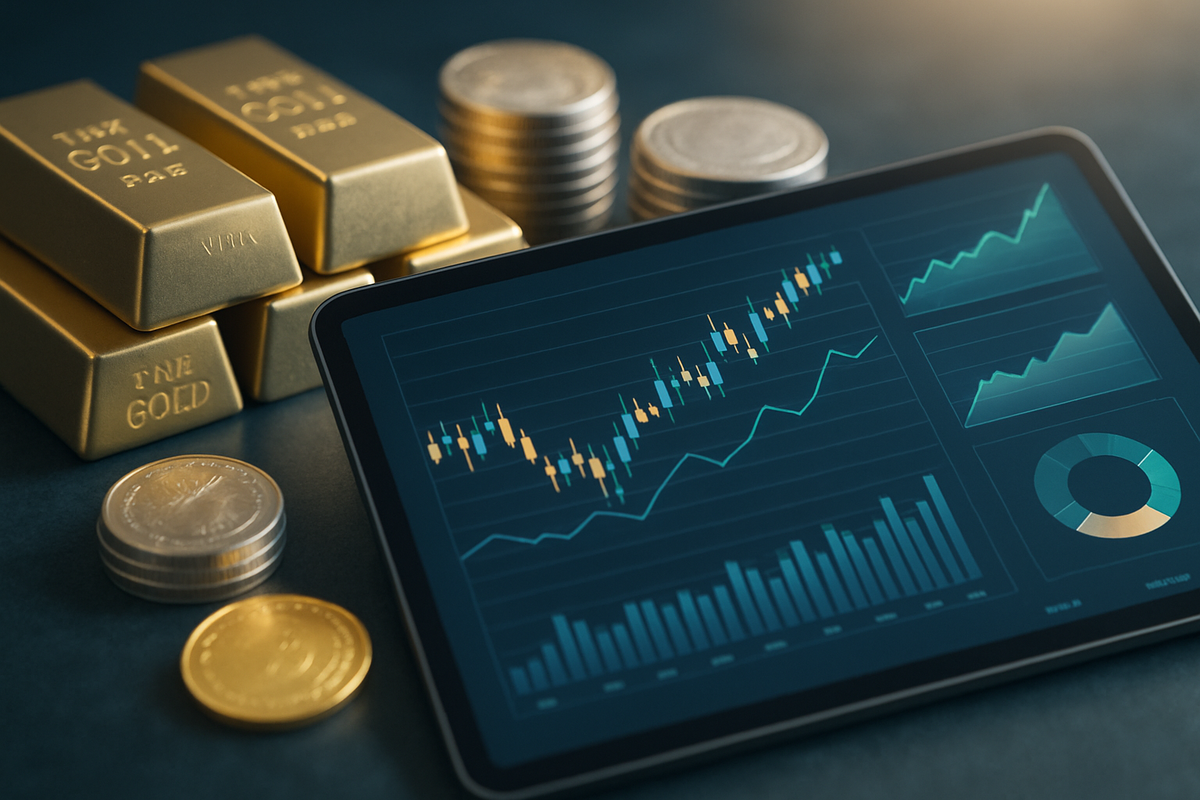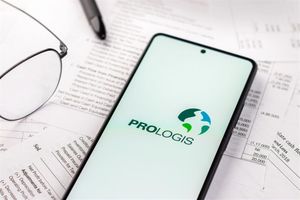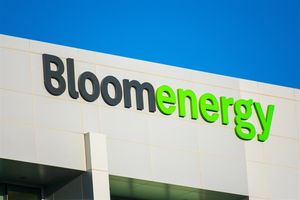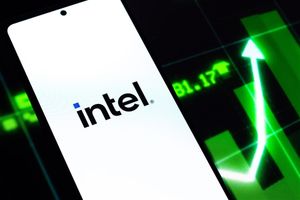
A significant shift is underway in the world of finance, as a 20% portfolio allocation to gold and silver is rapidly gaining mainstream acceptance among investors. This strategic pivot, moving away from long-held traditional asset allocation models, is driven by a complex interplay of persistent inflationary pressures, escalating geopolitical tensions, and a growing skepticism towards conventional safe-haven assets. The immediate implications for the market are profound, suggesting continued upward trajectory for precious metal prices, a fundamental redefinition of portfolio diversification, and a surge in demand across various investment vehicles.
The Reshaping of Investment Paradigms: Why Precious Metals are Ascending
The elevation of gold and silver to a substantial 20% allocation in diversified portfolios marks a pivotal moment in investment strategy. This movement is not merely a fleeting trend but a calculated response to contemporary economic realities. Major financial institutions, once staunch proponents of the traditional 60/40 (equities/bonds) portfolio, are now openly advocating for a "60/20/20" model, integrating a significant precious metals component. This endorsement from influential figures, such as Morgan Stanley's Chief Investment Officer, Mike Wilson, who champions the 60% equities, 20% gold, 20% bonds structure, underscores the institutional validation of this shift. Similarly, Ray Dalio, founder of Bridgewater Associates, had already increased his funds' gold allocation to 20% by mid-2020, further solidifying this strategic reorientation.
The timeline leading to this moment has been shaped by a series of interconnected global events. Persistent and elevated inflation, a defining characteristic of the post-pandemic economic landscape, has eroded the purchasing power of fiat currencies, pushing investors towards tangible assets with a proven track record as inflation hedges. Concurrently, a landscape of heightened geopolitical instability, including ongoing conflicts and trade disputes, has amplified the demand for safe-haven assets. The erosion of trust in traditional safe havens, particularly government bonds which have experienced unprecedented volatility, has further channeled capital into gold and silver. Moreover, a consistent trend of increased gold buying by central banks globally, often as a strategic move to diversify away from the U.S. dollar, provides a strong institutional underpinning for precious metal prices. Federal Reserve policy shifts, with anticipated lower interest rates, also make non-yielding assets like gold and silver more attractive by reducing their opportunity cost.
The initial market reaction has been robust and indicative of a sustained trend. Gold has already surged past the $4,000 per ounce mark, while silver has broken above $50, nearing its all-time intraday highs. This strong performance has not only captured investor attention but also validated the growing confidence in precious metals. The redefinition of portfolio diversification is evident, with a broader industry recognition that traditional strategies no longer offer adequate protection against current market risks. This heightened interest is driving substantial inflows into both physical gold and silver, as well as exchange-traded funds (ETFs) and other paper assets providing exposure to these commodities. Notably, some experts anticipate silver could even outperform gold in percentage gains in 2025, fueled by robust industrial demand and persistent supply deficits. The strategic increase in gold reserves by central banks also accelerates de-dollarization efforts, with long-term implications for the international monetary system.
Corporate Fortunes: Winners and Losers in the Precious Metals Boom
The mainstream embrace of gold and silver as a core portfolio allocation is set to create distinct winners and losers across various sectors of the financial market. Companies directly involved in the precious metals ecosystem are poised for significant gains.
Mining companies stand to benefit immensely from sustained higher prices and increased demand. Leading gold miners such as Newmont Corporation (NYSE: NEM), Gold Fields Limited (NYSE: GFI), and Agnico Eagle Mines Limited (NYSE: AEM) are likely to see improved profitability, stronger cash flows, and potentially increased exploration and production activities. Similarly, companies with significant silver production, often as a byproduct of other metal mining, will also thrive. The increased capital flowing into the sector could also spur mergers and acquisitions, further consolidating the industry.
Precious metals ETF providers and other financial instruments offering exposure to gold and silver are experiencing surging demand. Funds like the SPDR Gold Shares (NYSEARCA: GLD) and iShares Silver Trust (NYSEARCA: SLV) are seeing substantial inflows, benefiting their asset under management (AUM) and fee revenues. Companies that facilitate physical bullion sales, storage, and trading will also see a boost in their business as retail and institutional investors seek direct ownership of physical assets.
Furthermore, the robust industrial demand for silver, particularly from burgeoning sectors like solar panel manufacturing, electronics, and electric vehicles, positions companies in these industries to indirectly benefit from stable or appreciating silver prices, albeit also facing potential supply challenges. Companies innovating in green energy technologies that rely on silver could find themselves in a strategic position.
Conversely, some traditional financial institutions and asset managers who remain heavily weighted in conventional stock and bond allocations, and are slow to adapt to this new paradigm, might face challenges. Their portfolios could underperform those with significant precious metals exposure during periods of high inflation or market volatility. The shift could also put pressure on certain fixed-income products if investors continue to rotate out of bonds in search of more robust safe havens. However, many diversified financial services firms are already integrating precious metals into their offerings, mitigating potential losses.
Beyond the Portfolio: Wider Significance and Ripple Effects
The mainstream adoption of a substantial allocation to gold and silver in investment portfolios represents more than just a tactical shift; it signifies a deeper re-evaluation of fundamental economic principles and risk management in a volatile global landscape. This event fits squarely into broader industry trends emphasizing tangible assets, inflation hedging, and a move away from absolute reliance on fiat currencies and traditional financial instruments. It accelerates the ongoing de-dollarization trend, as central banks and sovereign wealth funds globally continue to increase their gold reserves, diversifying away from the U.S. dollar and other reserve currencies. This has long-term implications for the international monetary system and global trade dynamics, potentially fostering a more multi-polar financial world.
The potential ripple effects are far-reaching. Competitors in the asset management space will be compelled to re-evaluate their own portfolio recommendations and product offerings to remain competitive. This could lead to increased innovation in precious metals investment products, making them more accessible and diverse for investors. Partners, such as custodians and exchanges, will need to adapt to increased trading volumes and storage demands for physical precious metals. From a regulatory standpoint, the surge in precious metals trading activity has already drawn increased scrutiny globally. Some jurisdictions have implemented new reporting requirements or trading restrictions to manage the heightened volume and interest, and further regulatory developments are anticipated to ensure market integrity and investor protection.
Historically, gold and silver have served as ultimate stores of value during periods of economic uncertainty and monetary instability. Comparisons to historical precedents, such as the inflationary periods of the 1970s or major financial crises, highlight the enduring role of precious metals as a hedge against systemic risk. The current environment, characterized by unprecedented global debt levels, persistent inflationary pressures, and geopolitical fragmentation, echoes these historical periods, reinforcing the rationale behind the renewed mainstream interest. This shift underscores a collective recognition that the financial system is undergoing profound structural changes, and a diversified portfolio must reflect these new realities.
The Road Ahead: Navigating the New Investment Landscape
As a 20% allocation to gold and silver becomes a mainstream investment strategy, the road ahead presents both significant opportunities and challenges for investors and markets alike. In the short term, continued price appreciation for both metals is widely anticipated. Analysts, including those from Goldman Sachs, project gold to potentially reach $3,000 per ounce or higher in 2025, while silver is expected to climb to $50-$56 per ounce, driven by sustained institutional and retail demand, ongoing geopolitical uncertainties, and anticipated monetary policy easing. This momentum suggests that the current environment is still in the early to middle stages of a multi-year trend, indicating considerable potential for further growth in mainstream adoption.
Long-term possibilities include a fundamental re-calibration of what constitutes a "balanced" portfolio, with precious metals firmly established as a core asset class rather than a niche alternative. This could lead to a more resilient global financial system, less susceptible to the volatility of any single asset class or currency. However, challenges remain, particularly concerning the supply constraints in the silver market. The persistent deficit in silver supply, exacerbated by its critical role in the green energy transition (e.g., solar cells), could lead to continued market imbalances and rapid price increases, but also poses a challenge for industries reliant on the metal.
Potential strategic pivots for investors and financial advisors will involve a deeper understanding of precious metals market dynamics, including the interplay of monetary policy, industrial demand, and geopolitical events. Market opportunities will emerge not only in direct investment in physical bullion and ETFs but also in related sectors such as mining companies, precious metals royalty and streaming companies, and innovative financial products designed to provide diversified exposure. Potential scenarios include a sustained bull market for precious metals, where they consistently outperform traditional assets during periods of inflation and economic uncertainty, cementing their role as indispensable portfolio components.
A New Era of Portfolio Resilience: Key Takeaways for Investors
The emergence of a 20% portfolio allocation to gold and silver as a mainstream investment strategy marks a profound and enduring shift in financial markets. This is not merely a fleeting trend but a strategic and pragmatic response to the complex economic and geopolitical realities of our time. The move, validated by influential financial institutions and prominent investors, underscores a collective recognition that traditional diversification strategies are no longer sufficient to safeguard wealth against persistent inflation, currency debasement, and global instability.
Moving forward, the market will likely be characterized by sustained demand for precious metals, driven by both institutional adoption and increasing retail participation. This fundamental redefinition of portfolio construction places a premium on tangible assets that offer genuine diversification and protection against systemic risks. The continued strong performance of gold and silver, with gold surpassing $4,000 per ounce and silver breaking $50, serves as a powerful testament to their value proposition in the current environment.
Investors should closely monitor several key indicators in the coming months. These include further actions by central banks regarding interest rates and gold reserves, global inflation data, evolving geopolitical developments, and the critical supply-demand dynamics for silver, particularly its role in the green energy transition. Regulatory changes impacting precious metals markets will also be important to watch. By integrating a meaningful allocation to gold and silver, investors are not just chasing returns; they are building more resilient, robust portfolios designed to navigate the uncertainties of the 21st century financial landscape. The era of precious metals as a cornerstone of mainstream investment has truly arrived.
This content is intended for informational purposes only and is not financial advice





